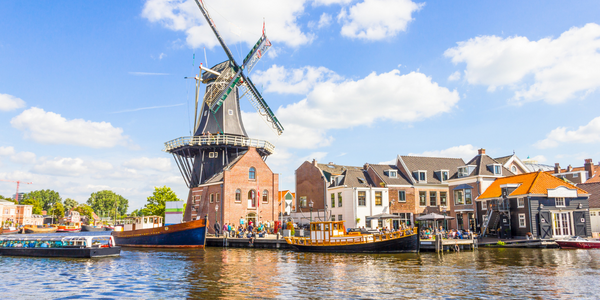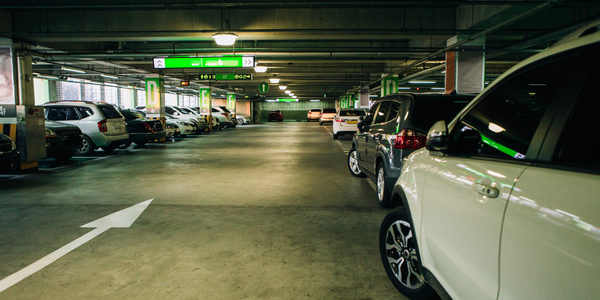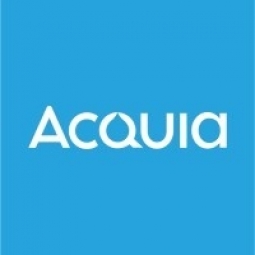Technology Category
- Drones - Drone Flight & Navigation Software
- Drones - Flight & Control Systems
Applicable Industries
- Cities & Municipalities
- Telecommunications
Applicable Functions
- Product Research & Development
- Sales & Marketing
Use Cases
- Smart City Operations
- Speech Recognition
Services
- Cloud Planning, Design & Implementation Services
About The Customer
The City of Burnaby is the third most populated urban center in British Columbia, Canada, with over 249,000 citizens. The City is a dynamic, urban community with four vibrant town centers, rapid transit, technology and business centers, major post-secondary institutions and a range of neighborhoods that are served by outstanding parks and recreational facilities and civic amenities. The City of Burnaby website, Burnaby.ca, is considered one of the most important communications channels for citizens, businesses and visitors to learn more about Burnaby and interact with the City. In 2020, the website received more than 1.3 million unique visitors and over 5.7 million page views.
The Challenge
The City of Burnaby, the third most populated urban center in British Columbia, Canada, faced significant challenges with its website, Burnaby.ca. The website, which is a crucial communication channel for the city's over 249,000 citizens, businesses, and visitors, was complex, difficult to navigate, and organization-focused rather than user-focused. The site was filled with outdated and missing content, and its information architecture and page structure were inconsistent and confusing. This led users to abandon the site and seek other means of assistance. The proprietary site CMS was not scalable, and the vendor no longer offered support. The site's responsive design was inflexible, creating less-than-ideal end user experiences, especially on mobile devices. The content was confusing and outdated, and with multiple writers, creating a consistent voice and experience was difficult. The site was neither inclusive nor accessible to users with disabilities. On-site hosting created business continuity issues, especially at times when communication would be most critical to residents. Unorganized digital assets led to wasted time searching for assets, using outdated assets and completely losing assets.
The Solution
The City of Burnaby decided to shift its focus to the resident/customer experience for the development of the new website. The goal was to move away from departmental silos and create unity through a consistently executed brand visual identity and voice. The City’s Website Insights Team (WIT), composed of 32 staff members from across departments, worked together with subject matter experts to review and develop website content. The City’s in-house writing team worked directly with the subject matter experts in rewriting and editing the content in the City's new brand voice. Website development partner Domain 7 conducted experience mapping discussions, building a better understanding of the user journeys. They used Acquia DAM to compile digital assets from across all City departments into a cohesive platform, creating a central repository. The marketing team now has more control over assets, ensuring they are current, easy to find, and that the City has the rights to use them. The City site is now hosted on Acquia Cloud, providing confidence that their core communications tool will work even during a natural disaster.
Operational Impact
Quantitative Benefit

Case Study missing?
Start adding your own!
Register with your work email and create a new case study profile for your business.
Related Case Studies.

Case Study
Turning A Stadium Into A Smart Building
Honeywell created what it called the “intelligent system” for the National Stadium in Beijing, China, turning the venue for the opening and closing events at the 2008 Summer Olympics into a “smart building.” Designed by highly controversial artist Ai Weiwei, the “Bird’s Nest” remains one of the most impressive feats of stadium architecture in the world. The 250,000 square meter structure housed more than 100,000 athletes and spectators at a time. To accommodate such capacity, China turned to Honeywell’s EBI Integrated Building Management System to create an integrated “intelligent system” for improved building security, safety and energy efficiency.
.png)
Case Study
Smart Street Light Network (Copenhagen)
Key stakeholders are taking a comprehensive approach to rethinking smart city innovation. City leaders have collaborated through partnerships involving government, research institutions and solution providers. The Copenhagen Solutions Lab is one of the leading organizations at the forefront of this movement. By bringing together manufacturers with municipal buyers, the Copenhagen Solutions Lab has catalyzed the development and deployment of next-generation smart city innovations. Copenhagen is leveraging this unique approach to accelerate the implementation of smart city solutions. One of the primary focus areas is LED street lighting.

Case Study
Buoy Status Monitoring with LoRa
The Netherlands are well-known for their inland waterways, canals, sluices and of course port activities. The Dutch Ministry of Infrastructure indicates that there are thousands of buoys and fixed items in and near water environments that would profit from IoT monitoring. One of the problems with buoys for example, is that they get hit by ships and the anchor cable breaks. Without connectivity, it takes quite some time to find out that something has happened with that buoy. Not to mention the costs of renting a boat to go to the buoy to fix it. Another important issue, is that there is no real-time monitoring of the buoys at this moment. Only by physically visiting the object on the water, one gains insight in its status.

Case Study
Barcelona Case Study
Barcelona’s heavy traffic and its associated high levels of pollution were the primary factors that motivated some companies and universities to work on strategies for improving traffic in the city centre. Bitcarrier is one of the technologies involved in the In4Mo Project, whose main objective is to develop the applications that form the core of smart mobility, one of the fundamental pillars of the smart city concept.

Case Study
China Mobile Smart Parking
Smart Parking, powered by NB-IoT technology, is making it easier for drivers to find free parking spots. Cities can better manage their parking assets and maximize the revenue available to them as a result. Drivers searching for parking create congestion and pollution by circling and hunting for available parking. Smart Parking services are able to significantly ease these problems by guiding a driver directly to a parking space.








